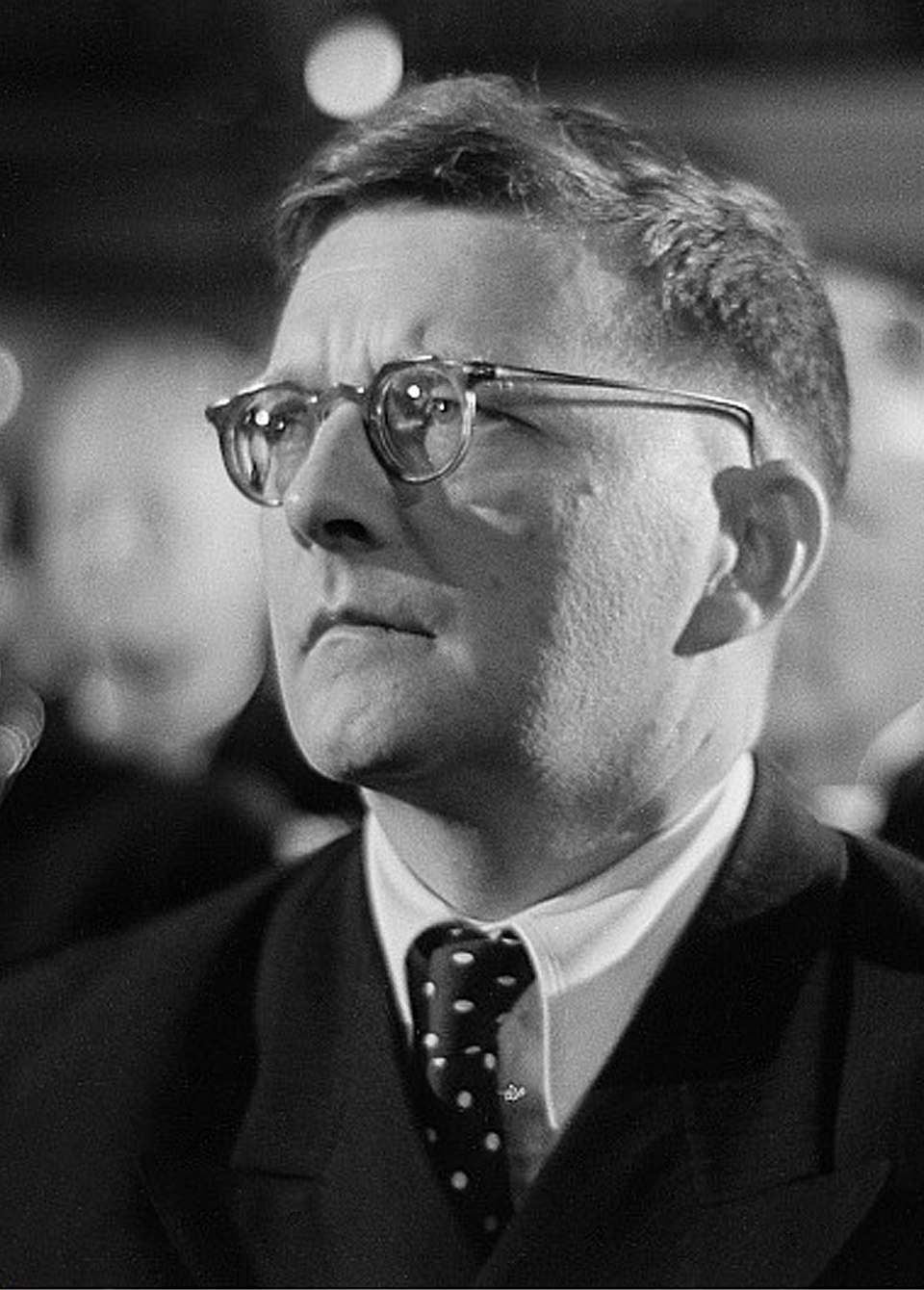
Can you I wonder, explain the difference between a symphony orchestra and a philharmonic orchestra? Before you give this too much thought, I should add that it’s a trick question. The answer is simply that there is no difference. They are essentially the same thing. Yes, the word “philharmonic” sounds a bit grander but that’s all. Incidentally, the word comes from the Greek prefix phil (“loving”) and harmonic, which more-or-less speaks for itself.
The British capital has several orchestras including the London Symphony Orchestra and the London Philharmonic Orchestra, which are two completely different entities but from a distance they look identical. Moscow has its Symphony Orchestra and Philharmonic Orchestra too and so does Berlin, Prague and many other cities. Oddly enough, there is no such thing as a “standard orchestra”.
There’s no “rule book” which stipulates the number of players in each section or even what instruments there should be. For a variety of historical, musical and economic reasons, orchestras have varied in size since they first appeared in the seventeenth century. A modern orchestra has to be large enough to play an extensive classical repertoire that has accumulated over more than two hundred years. The only thing we can say with certainty is that the generic expression “symphony orchestra” implies an ensemble that contains four main groups of instruments (known as sections): woodwind, brass, strings and percussion.
There’s no such thing as a “standard” symphony either. This word also has Greek origins and means “a sounding together”. Before the 18th century, the word (often in its Italianate form sinfonia) was used indiscriminately by composers and didn’t imply any specific musical form. But by the end of the 18th century the word had come to mean an orchestral work in four contrasting movements. The outer two movements were usually fast, the second one slow and the third one a minuet. That format remained for decades and most 18th and early 19th century symphonies fit this pattern, though a slow introduction was sometimes used. As the 19th century rolled on composers wrote increasingly longer symphonies which also required larger orchestras to play them. The original classical four-movement blue-print survived though with many variations. Even today, although the musical language has changed significantly since classical times, composers often choose the traditional four-movement format for a symphony.
Dmitri Shostakovich (1906-1975): Symphony No. 10. Simón Bolívar Youth Orchestra of Venezuela cond. Gustavo Dudamel (Duration: 59:24; Video: 480p)
This four-movement work dates from 1953 and was composed in the same year that Joseph Stalin died. At the time, Shostakovich wrote, “I depict Stalin in my tenth symphony. I wrote it right after Stalin’s death and no one has yet guessed what the symphony is about.” The work begins in a dark reflective mood and ominous tensions begin to build during the first movement which is actually an enormous slow waltz.
In the second movement, you can almost sense the demonic evil and frenzied violence. It’s a short and fiery scherzo which the composer admitted was a musical portrait of Stalin who had the distinction of being described as “one of the most powerful and murderous dictators in history”. Dudamel takes the movement at a furious tempo and the orchestra plays brilliantly.
The third movement is a strangely troubled and macabre waltz that seems to be searching for something elusive while the final movement has some of the slowest music in the entire work and at times evokes a cold and barren wasteland. Later, it becomes more animated and optimistic and finally ends in a thrilling mood of triumphant defiance.
This is a stunningly good performance and one of the most exciting that you’re likely to hear, if you can manage to ignore the inane chatter of the television presenters at the start.
Narongrit Dhamabutra (b. 1962): Symphony No 8 – The Bodindra Symphony. Kitinant Chinsamran (baritone) The Royal Bangkok Symphony Orchestra, cond. Michel Tilkin. (Duration: 42:41; Video: 1080p HD)
One of Thailand’s most eminent musicians, Dr Dhamabutra is a prolific composer with an extensive list of orchestral works to his credit including an impressive list of symphonies. His compositions have been performed by leading orchestras world-wide. The Symphony No 8, known as the Bodindra Symphony portrays in musical language the entire history of Thailand from the Sukhothai Kingdom up to the present day.
The symphony is in five continuous sections which are named The Kingdom, The Cosmopolis, The War, The City of Angels and The Coronation. I especially enjoyed The City of Angels which opens in the radiant key of D major and has moments of high drama. The music falls easily on the ear and the work contains some truly beautiful and expressive writing amid warm harmonies and powerful melodic lines. Yes, there may be echoes of Hollywood in this expansive music but it’s none the worse for that. The heroic last section features the choir and the baritone soloist. This is a wonderful example of a 21st century symphony by a Thai composer.
To watch these YouTube videos, either use your Smartphone to read the QR codes or go to this article online, click on the “live” links and go direct to the videos. If you have a laptop, sound quality can be improved significantly by using headphones or external speakers.





